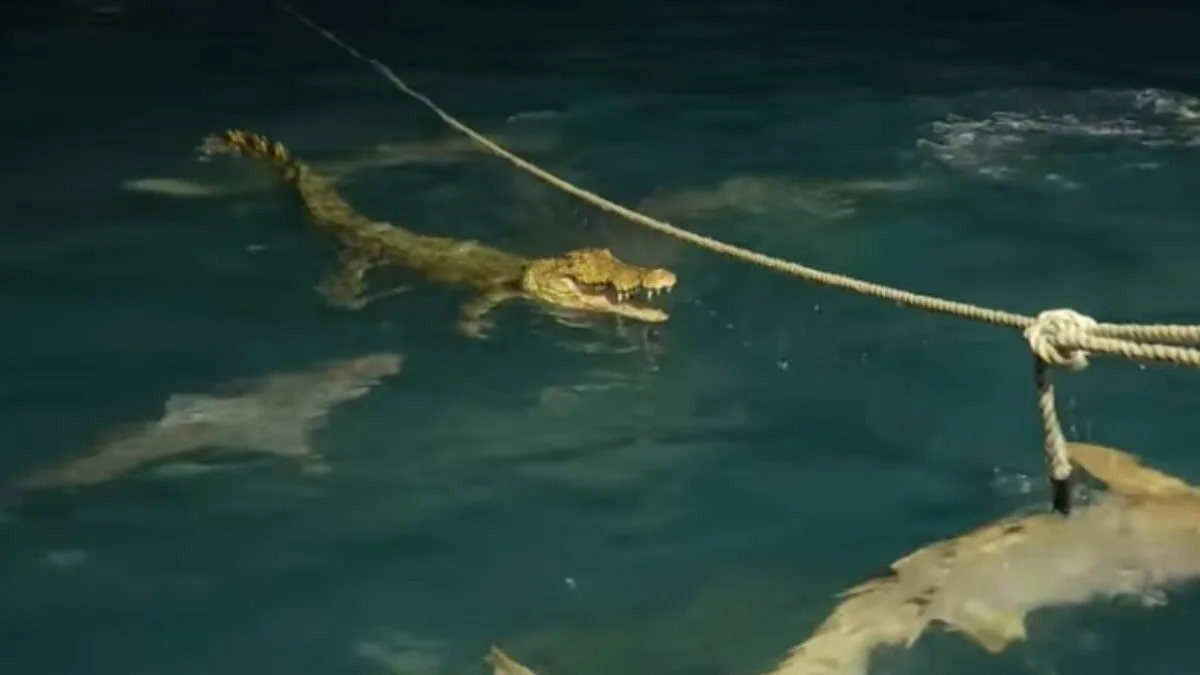Find the video link here.
In the vast expanse of the ocean, in Wessel Islands Northern Territory, Australia, there lies a scene straight out of a surreal comedy. Picture this: a lone boat, bobbing gently in the waves, its spotlight casting a glow on the water’s surface. And what does it reveal? Crocs and sharks, supposedly co-existing in harmony. That is until, well, things take a slightly less harmonious turn.
Living in a “Fin”-tastic Harmony
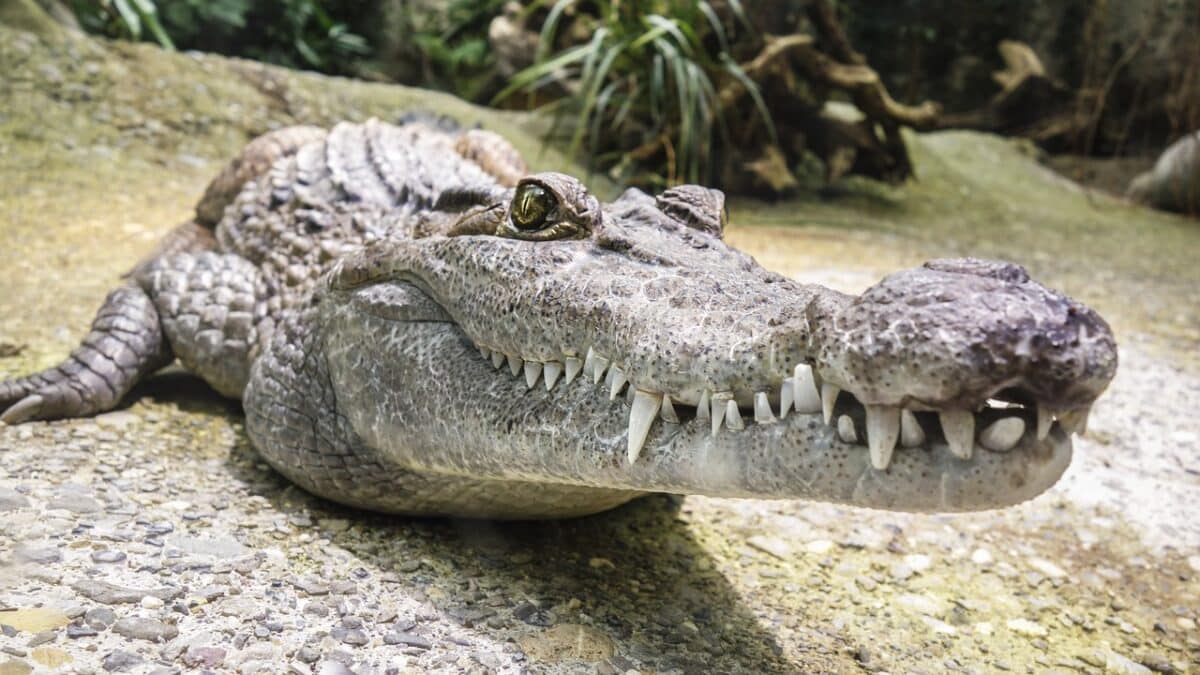
Yes, you read that right. Crocs and sharks, those quintessential rivals of the sea, sharing a moment of peace… or so it seemed. As the video begins, we witness the enchanting sight of a floating crocodile, surrounded by a handful of sharks. It’s a moment that almost makes you believe in fairy tales, until one of the sharks decides to take a nibble out of the croc’s tail.
The Odd Scene
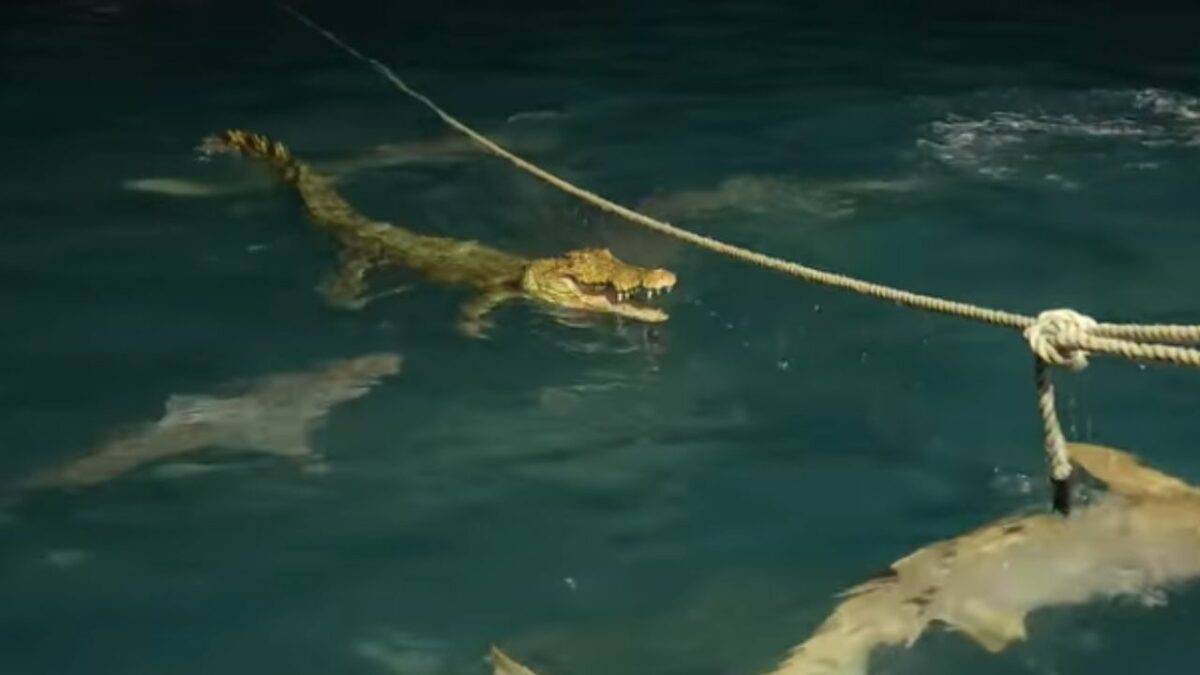
And just like that, the illusion of harmony comes crashing down like a poorly constructed sandcastle. But hey, who said nature always follows the script? Sometimes, even the most unlikely of companions have their disagreements.
Now, before we delve into the slapstick comedy of nature, let’s take a moment to appreciate the physical and behavioral quirks of our scaly protagonist, the crocodile.
Let’s start off with the Physical Characteristics of Crocodiles…
Tough Exterior
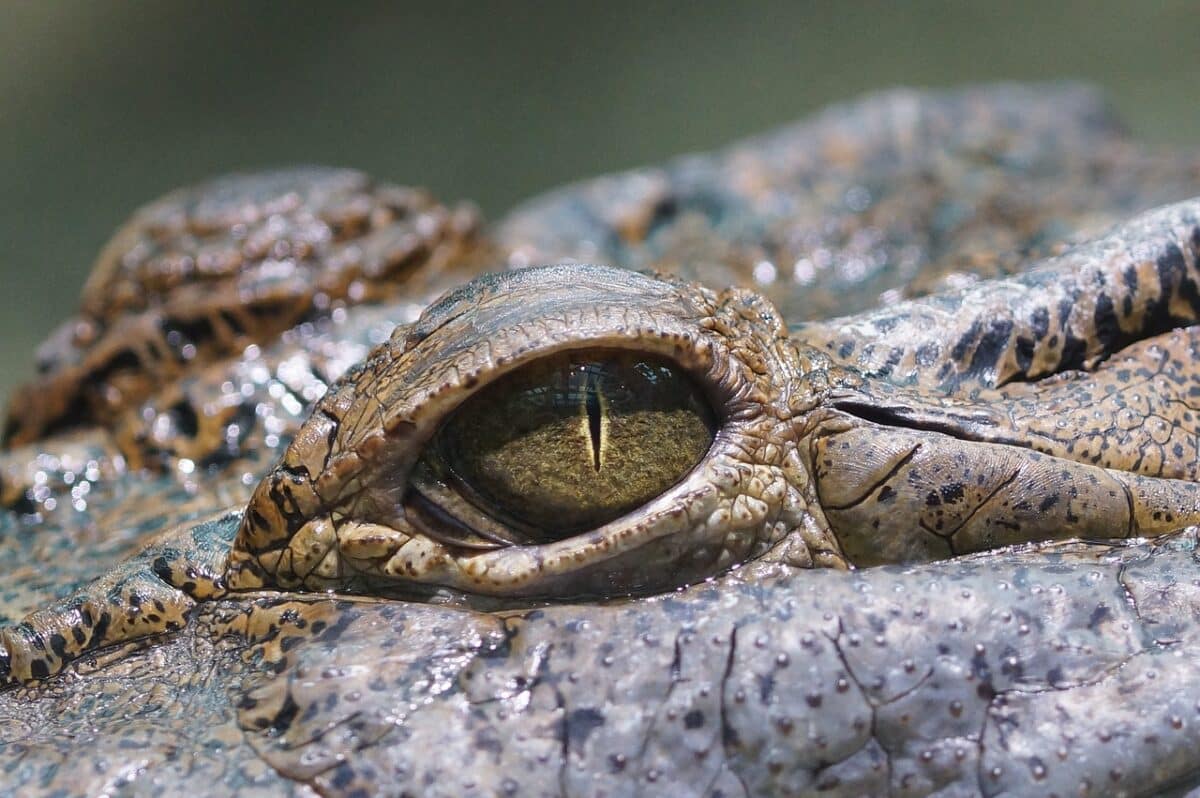
Crocs are like the armored knights of the animal kingdom, with their tough, scaly skin providing protection against even the most determined adversaries.
Jaws of Doom
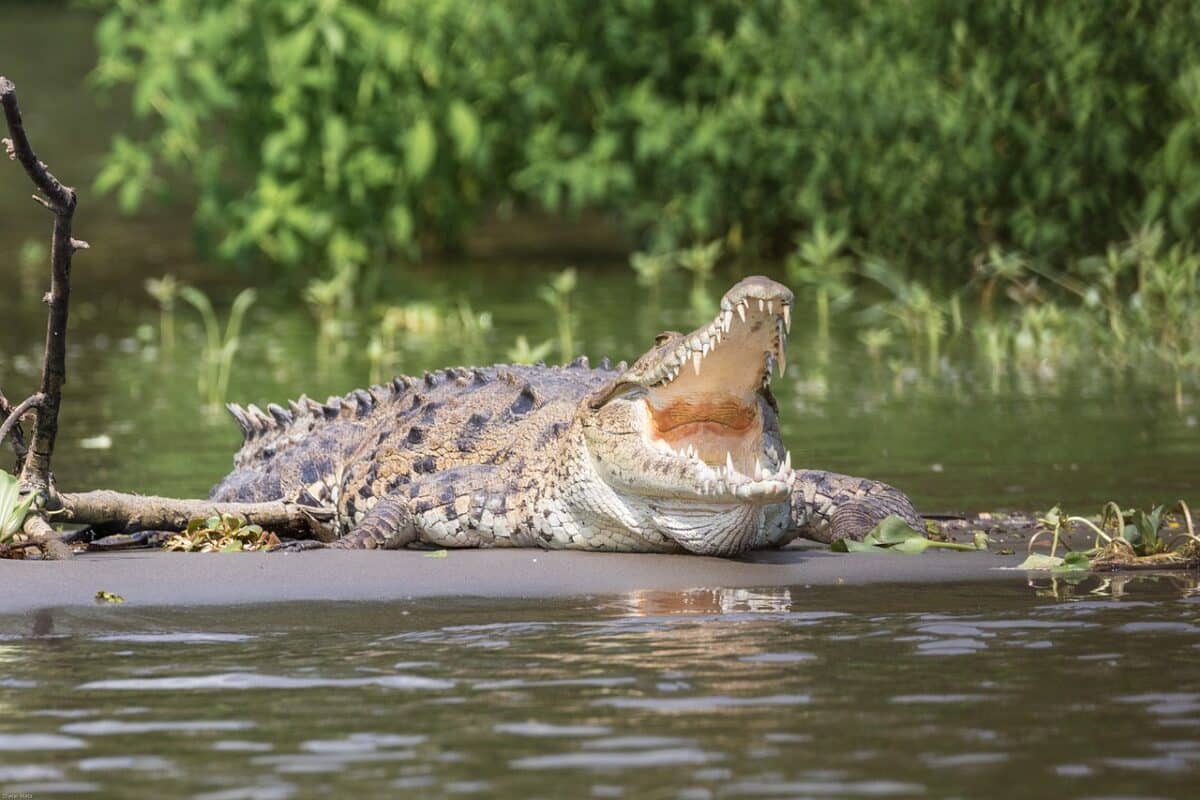
Ah, the infamous crocodile smile! With rows of razor-sharp teeth and jaw muscles that could crush a car, these creatures have a bite that’s no joke.
Depending on the species, crocodiles typically have between 60 to 110 teeth in their mouth at any given time, with some species capable of regenerating lost teeth throughout their lifetime. These teeth are not just for show—they’re designed for maximum efficiency in catching and holding onto prey.
In terms of strength, the bite force of a crocodile is among the most powerful in the animal kingdom. It varies depending on the size and species of the crocodile, but it’s estimated that some larger species can exert a bite force of over 3,700 pounds per square inch (psi). To put that into perspective, that’s strong enough to crush bones and even metal objects with ease.
Streamlined Silhouettes
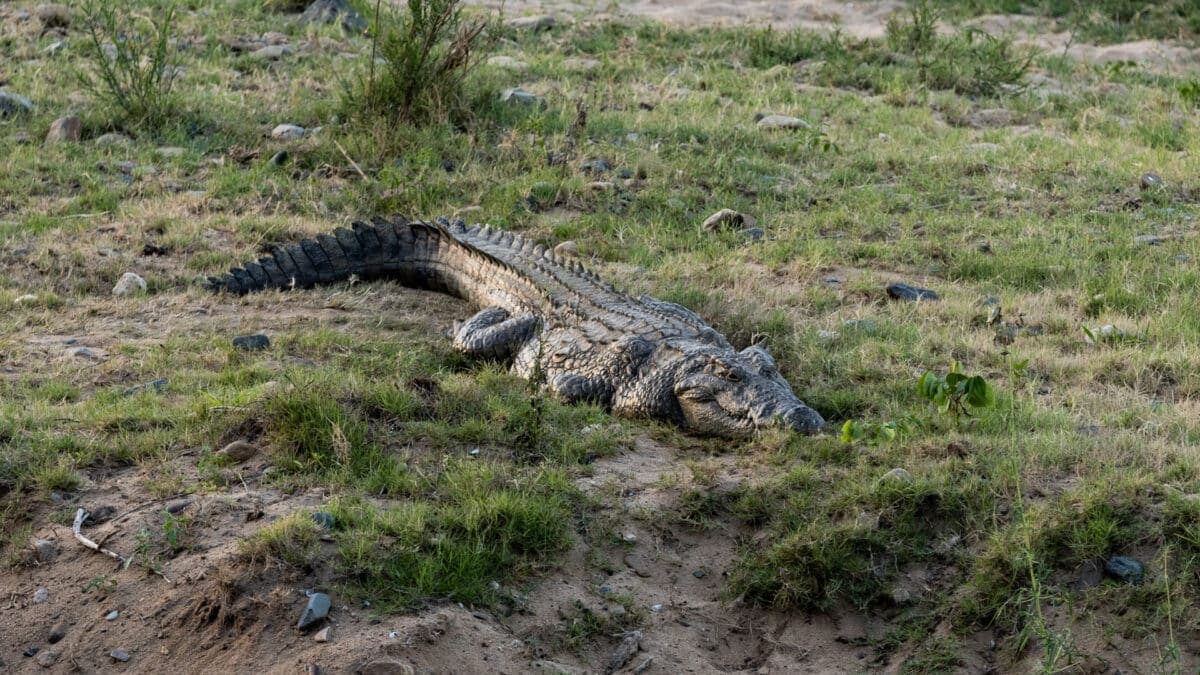
Despite their bulky appearance on land, crocs are surprisingly sleek in the water, gliding effortlessly through the depths like underwater ballerinas… or, you know, stealthy predators.
On average, crocodiles can swim at speeds of around 6 to 9 miles per hour (9.7 to 14.5 kilometers per hour). However, in short bursts, they are capable of reaching even higher speeds, sometimes exceeding 20 miles per hour (32 kilometers per hour).
Let’s move onto the Behavioral Traits of Crocodiles…
Masters of Ambush
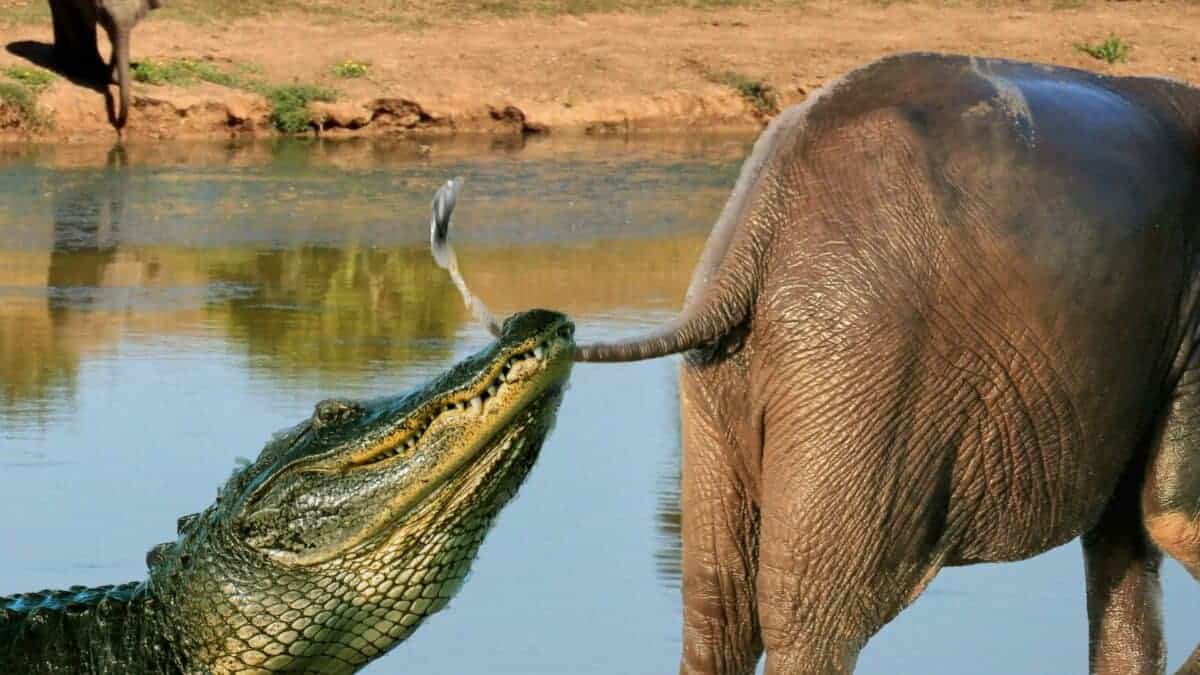
Crocs have perfected the art of surprise attacks, lurking beneath the surface like underwater ninjas before launching themselves at unsuspecting prey.
Social Butterflies… Sort of
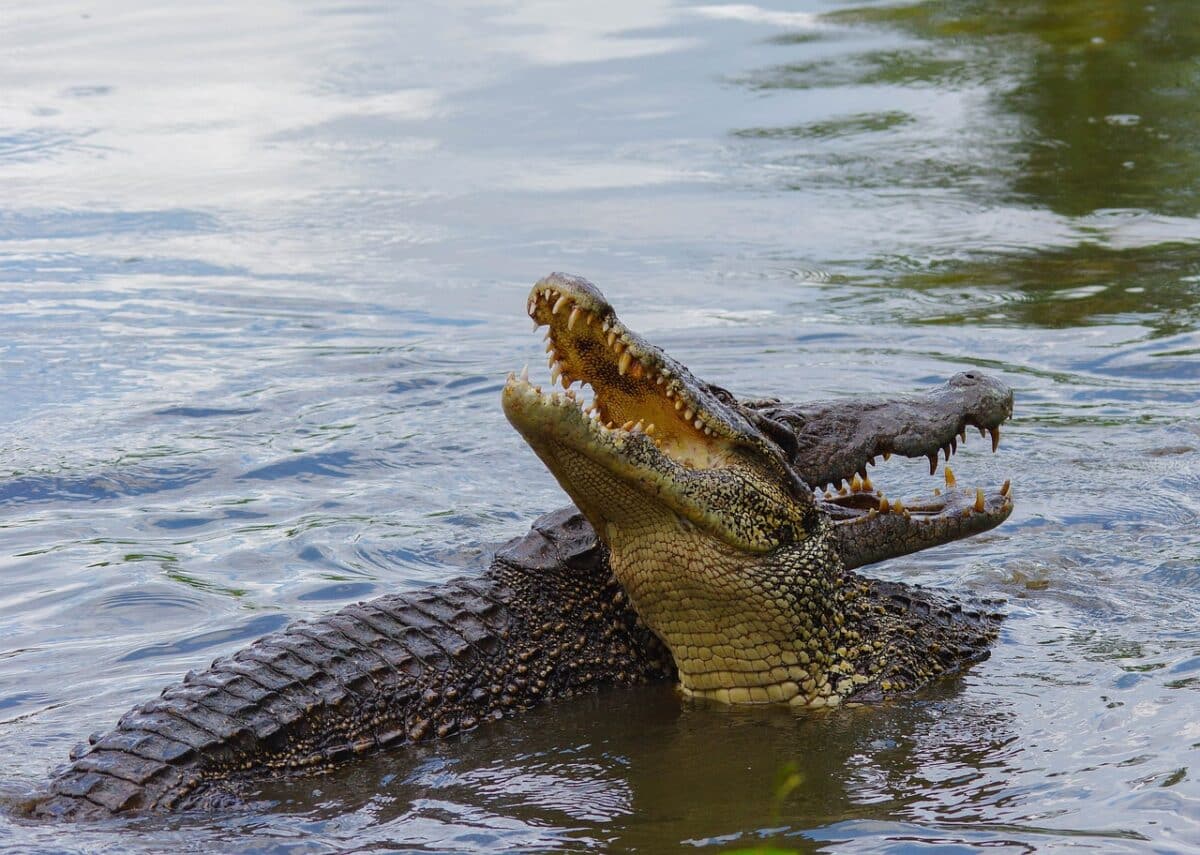
While they may seem like lone wolves (or should I say lone crocs?), these reptiles do enjoy the occasional social gathering, especially during mating season or when there’s free food on the menu.
Mama’s Children
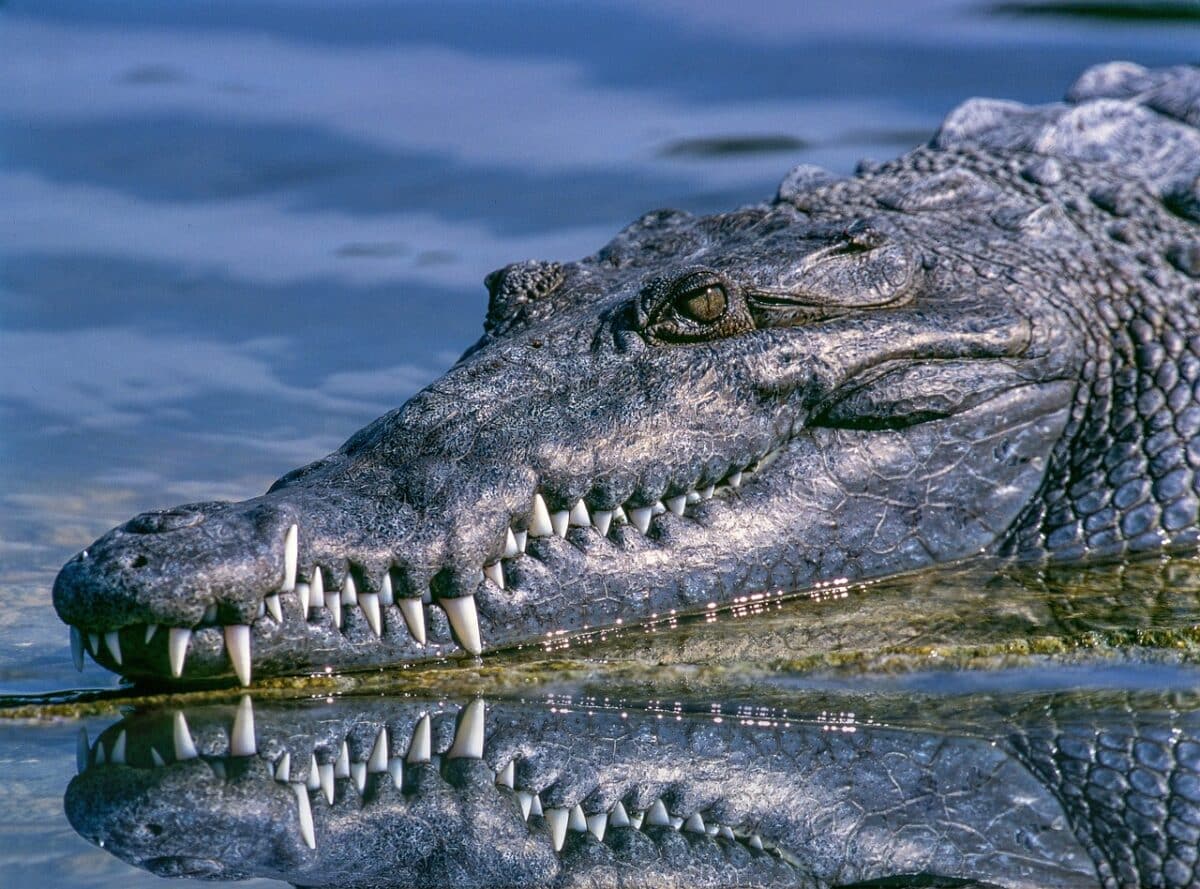
Despite their tough exterior, crocs are devoted parents, fiercely protecting their nests and young until they’re old enough to fend for themselves. It’s a heartwarming display of parental love, albeit one that comes with a side of “don’t mess with my kids or I’ll eat you for breakfast.”
Strategic Sunbathers
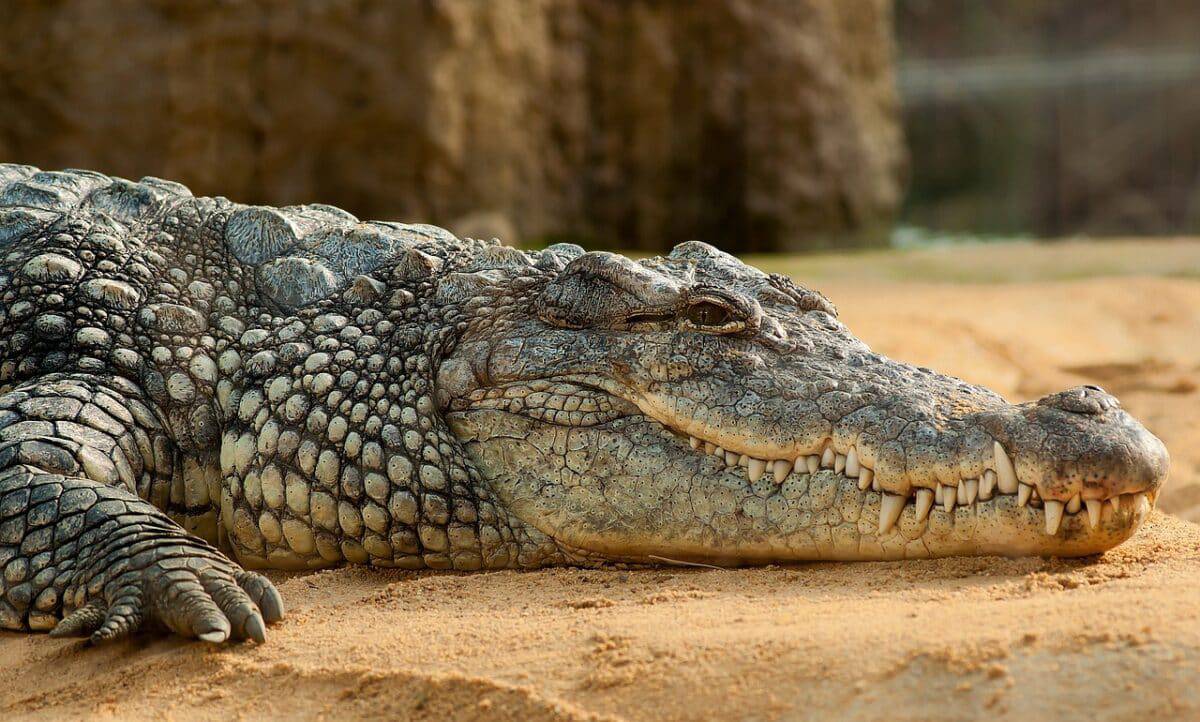
Crocodiles are known for their sunbathing habits, basking on the banks of rivers and lakes to regulate their body temperature. This behavior not only helps them stay warm but also allows them to conserve energy for their next hunting expedition.
Bottom Line
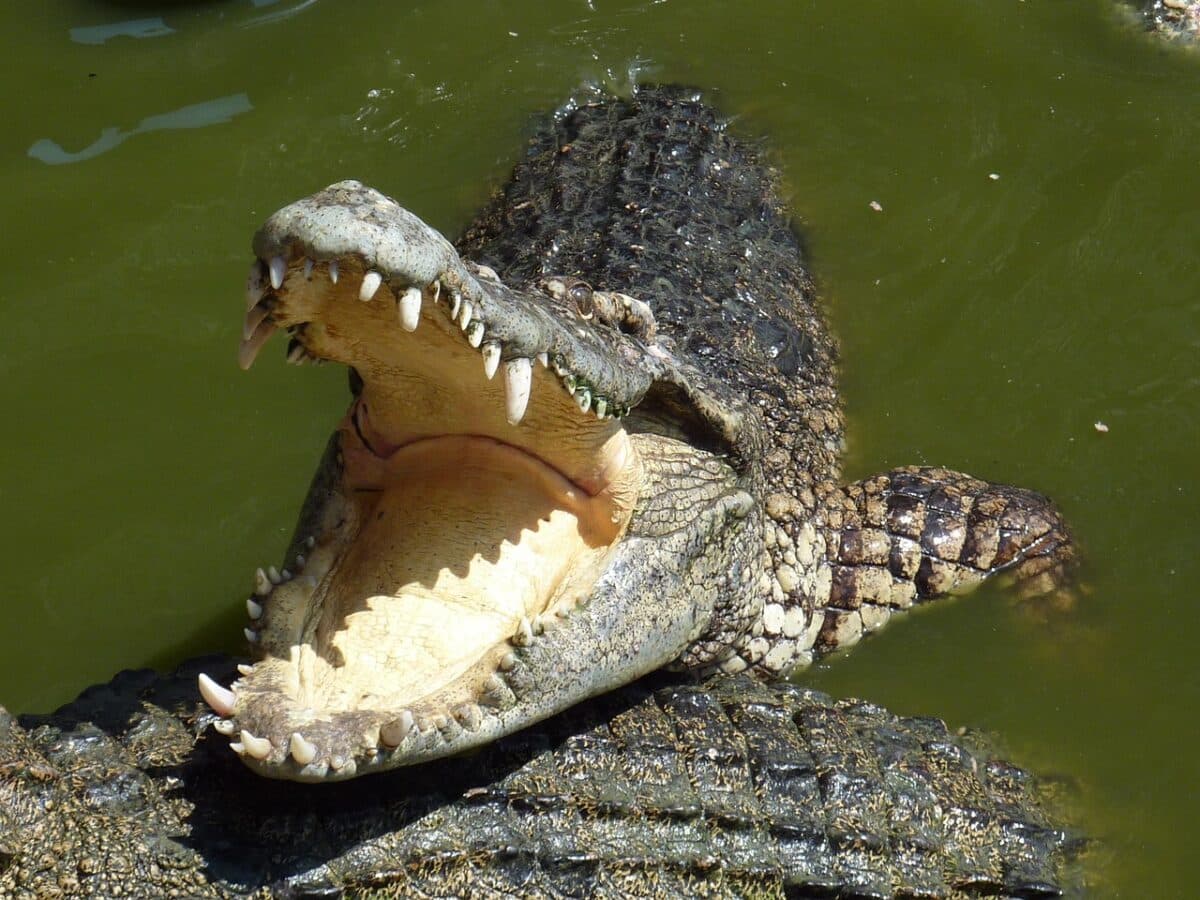
So, the next time you find yourself out at sea, keep an eye out for those unexpected moments of comedy in nature. After all, who needs a sitcom when you have crocs and sharks sharing the stage? Just be sure to bring some popcorn… and maybe a sturdy boat.
Thanks for reading along! If you enjoyed this article, check out our related article links below for more.
Next up:
- Camper Finds Himself Surrounded By Alligators In Middle Of Night - May 3, 2024
- Have You Ever Seen A Sword Fighting Dog? - May 3, 2024
- Pro Athlete Rescues Stray Dog Who Kept Showing Up To Practice - May 2, 2024

